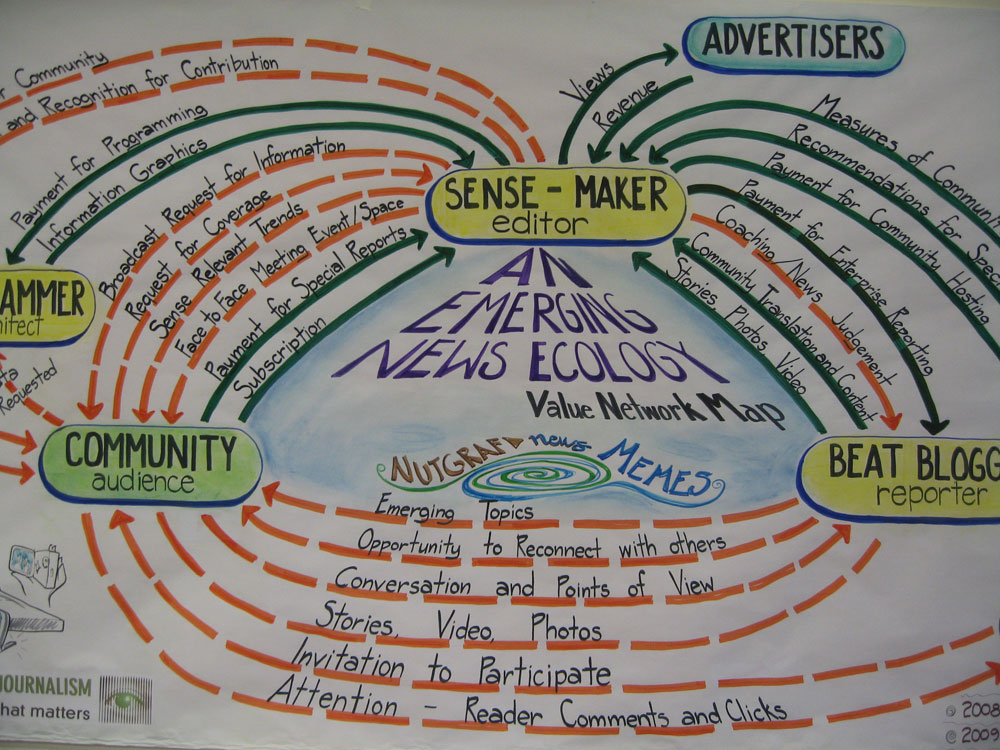
December 10, 2020; NiemanLab
The Nieman Foundation, house of international Nieman Fellows at Harvard University, has begun its much anticipated predictions for journalism for 2021. And at least one of its feature voices, Rachel Schallom, deputy digital editor for Fortune, sees a bright future for nonprofit community journalism. The reasons for this are multiple, but one is that nonprofit journalism appears to be a promising industry for future growth and notable storytelling, particularly as for-profit newspapers face declining advertising revenue.
Although hardly perfect and in great need of bolstering an equitable diverse workforce, nonprofit community journalism has shown an admirable ability to produce a relentless source of news we can depend on, particularly during the COVID-19 pandemic. Schallom mentions nonprofits like ProPublica, the Texas Tribune, The Beacon in Kansas City, The 19th, and The Markup as a few examples, but we can’t leave out The Guardian, the Intercept, InsideClimate News, the Center for Public Integrity, the Florida Center for Investigative Reporting, Indian Country Today, the Black Youth Project, or Yes! Magazine, to just mention a few.
According to an Institute for Nonprofit News (INN) report released back in June 2020, much of nonprofit journalism’s success relies on revenue diversification, as newsrooms depend less on foundation grants and more on their loyal members’ donations. The current period of growth began in earnest in 2009, according to INN, and has continued to grow reaching an estimated collective revenue of $500 million in 2019 and employing about 3,500 people in the US. However, loyalty here is the key word, as the sector strengthens its public engagement and shows an “outsized impact” with a relatively small workforce.
Sign up for our free newsletters
Subscribe to NPQ's newsletters to have our top stories delivered directly to your inbox.
By signing up, you agree to our privacy policy and terms of use, and to receive messages from NPQ and our partners.
“The nonprofit sector is small by the standards of the traditional news industry. But nonprofits produce an outsized amount of news in the public interest, particularly investigative and analytical journalism. Government and politics, the environment, social justice, and education are key topic areas,” reads their report.
Schallom observes that nonprofit journalism’s commitment to building community often leads nonprofit publications to explore issues that are left behind by other news outlets. They focus less on “news beats” and more on investigative reporting, less on crime and more on criminal justice, less on an incessant flow of news stories and click-baiting and more on value listening. Community journalists are often more interested in fostering conversations than to become a story’s protagonist.
“2021 could be a make-it-or-break-it year for community relationships. It’s time to consolidate the listening routines you’ve already developed and build ways to start holding this space for reflection. It’s time to value listening as an act of journalism, above getting the story. Or else you might find that fewer people are willing to listen to you,” writes Catalina Albeanu, digital editor for Decât o Revistă.
Particularly in times of deep trauma, it is more crucial than ever that community news media, in representation of our collective well-being as well as for its local experiences on grassroots systemic change, rises to the occasion, because people depend on truthful stories more than ever. When mission overtakes advertising revenue, journalism is not only able to listen but to open social justice spaces and build better narratives of the complex world we live in. Foundations also do well in investing in local nonprofit journalists who know their communities intimately and are able to find community solutions to urgent needs and urgently needed change.—Sofia Jarrin













